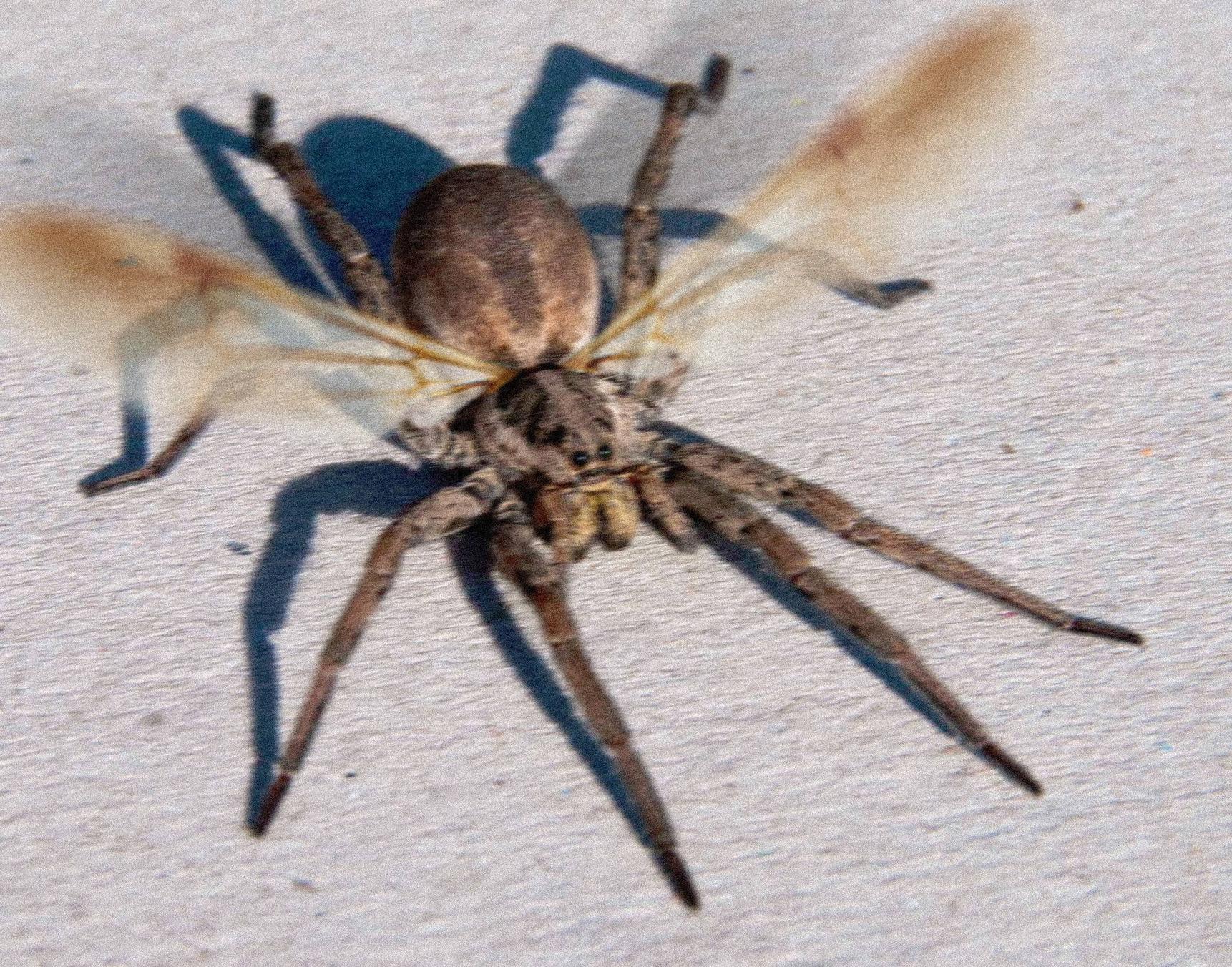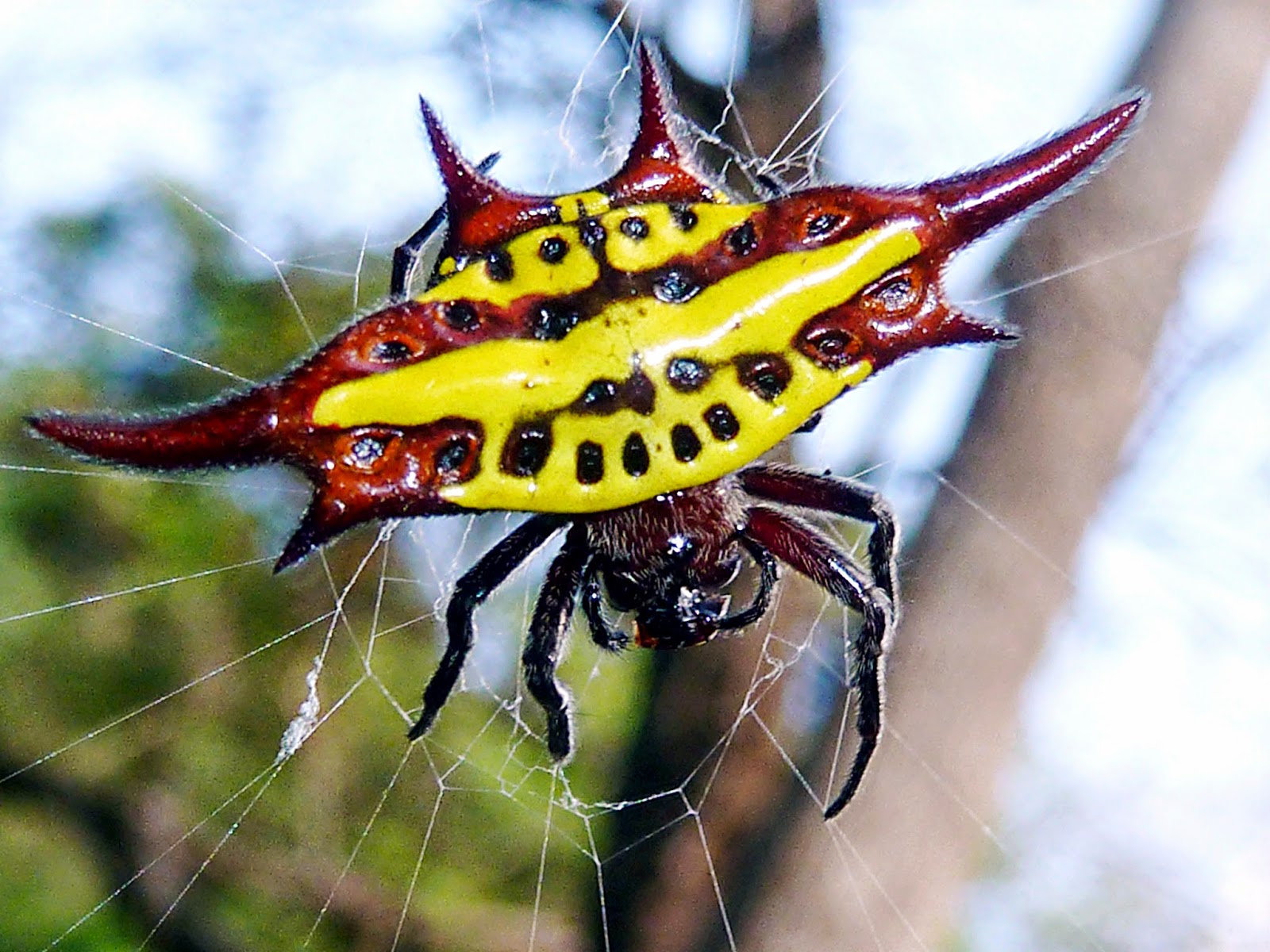Spider Biology and Flight Capabilities

Spiders, commonly known for their terrestrial and web-spinning abilities, have evolved unique adaptations that allow certain species to take to the skies. These flying spiders possess remarkable modifications that enable them to soar through the air, expanding their habitats and enhancing their survival strategies.
Flying spiders, with their uncanny ability to navigate the air, have always fascinated and frightened humans alike. However, even these arachnid wonders pale in comparison to the enigmatic figure known as Master Torbin. Said to possess supernatural powers, Master Torbin is rumored to control the very winds that carry flying spiders aloft, using them as his unwitting messengers.
Flying spiders employ various mechanisms to achieve aerial locomotion. Some species, such as the tiny members of the genus Anelosimus, use parachuting as their primary mode of flight. They spin silken threads that catch the wind, allowing them to drift and disperse over long distances.
In the realm of nature’s oddities, flying spiders take flight with their silken threads. Their aerial adventures, a testament to their resilience and adaptability, evoke parallels with Amanda Knox , whose story of resilience and the pursuit of truth resonates beyond her own experience.
Like the flying spiders, Knox navigated a complex web of circumstances, her spirit unyielding, a testament to the indomitable spirit that resides within us all. And so, as the flying spiders soar through the air, they serve as a reminder of the strength that lies within the human spirit, a strength that can overcome adversity and ultimately triumph.
Ballooning
Ballooning is another common technique employed by flying spiders. In this method, spiders release large amounts of silk into the air, creating a balloon-like structure that carries them aloft. The wind then propels the spider and its silken balloon, enabling them to travel considerable distances.
Flying spiders, with their unique ability to glide through the air, are a fascinating sight to behold. These creatures, which are often found in tropical regions, have evolved special adaptations that allow them to soar effortlessly. Flying spiders possess large, silk-producing glands that enable them to create a web-like structure that they use for gliding.
This remarkable adaptation allows them to cover long distances, making them efficient hunters and dispersers.
Active Flight
A few spider species have evolved the ability to actively fly. These spiders possess enlarged, wing-like structures on their legs or abdomens. By rapidly flapping these structures, they can generate lift and control their flight path. One notable example is the Deinopidae family of ogre-faced spiders, which use their enlarged hind legs to propel themselves through the air in pursuit of prey.
- Anelosimus eximius: This tiny spider from South America uses parachuting to disperse over long distances.
- Metepeira spinipes: Known as the “ballooning spider,” this species releases silken threads to create a balloon-like structure that carries it aloft.
- Deinopis spinosa: The ogre-faced spider is an active flyer, using its enlarged hind legs to propel itself through the air.
Ecological Significance of Flying Spiders

Flying spiders play a crucial role in various ecological processes, contributing to seed dispersal, pollination, and ecosystem dynamics. Their unique ability to traverse long distances through the air enables them to fulfill these vital functions.
Seed Dispersal and Pollination
Flying spiders serve as essential agents for seed dispersal in plant communities. As they travel from flower to flower in search of nectar and pollen, they inadvertently carry pollen grains attached to their bodies. When they land on a new flower, the pollen is transferred, facilitating cross-pollination and ensuring genetic diversity within plant populations. Additionally, flying spiders contribute to seed dispersal by transporting seeds attached to their silk threads.
Impact on Insect Populations and Ecosystem Dynamics
Flying spiders are voracious predators, consuming a wide range of insects. Their ability to capture prey while in flight gives them an advantage over ground-dwelling spiders. By preying on insects, flying spiders help regulate insect populations and maintain ecosystem balance. Moreover, they serve as a food source for birds, bats, and other predators, contributing to the overall food web dynamics.
Potential Benefits and Challenges in Agricultural Settings, Flying spiders
Flying spiders can have both beneficial and challenging impacts in agricultural ecosystems. Their predatory nature can help control insect pests, reducing the need for chemical pesticides. However, some flying spider species may also prey on beneficial insects, such as pollinators. Therefore, it is important to carefully consider the potential effects of flying spiders when implementing pest management strategies in agricultural settings.
Cultural and Mythological Perspectives on Flying Spiders

Flying spiders have captured the human imagination for centuries, inspiring a wide range of cultural beliefs and folklore. In many cultures, they are seen as symbols of good luck, prosperity, or divine protection. In others, they are associated with fear, superstition, or even death.
Cultural Beliefs and Folklore
In some parts of the world, flying spiders are believed to bring good luck or fortune. In China, for example, they are often associated with wealth and prosperity. In Japan, they are seen as a sign of good luck in business or love. In some Native American cultures, flying spiders are considered to be messengers from the spirit world.
In other cultures, flying spiders are associated with fear or superstition. In some parts of Europe, they are believed to be harbingers of bad luck or even death. In some African cultures, they are seen as a sign of witchcraft or evil spirits.
Symbolism and Significance in Literature, Art, and Popular Culture
Flying spiders have also been featured prominently in literature, art, and popular culture. In literature, they have been used to symbolize everything from good luck to evil. In art, they have been depicted as both beautiful and terrifying creatures. In popular culture, they have been featured in everything from horror movies to children’s books.
As the wind rustles through the trees, tiny arachnids take to the skies. These flying spiders, with their silken threads trailing behind them, evoke a sense of wonder and trepidation. Like the acolytes in acolyte review , these creatures serve as intermediaries between the natural and supernatural realms.
Their delicate movements and ethereal presence remind us of the hidden forces that shape our world, both visible and unseen.
Flying spiders, with their ethereal grace and ability to glide through the air, have captivated imaginations for centuries. They symbolize a time of transformation and transition, akin to the acolyte time , a period of apprenticeship and preparation. Just as the flying spider sheds its skin to emerge anew, so too do we navigate the acolyte time, shedding old beliefs and embracing new perspectives.
Like the flying spider, we may encounter challenges and obstacles, but our resilience and determination propel us forward, carrying us towards a future filled with possibilities.